What Carl Jung Can Teach Modern Brands About Identity
Brands have personalities. But the great ones have psyches.
Carl Jung wasn’t a marketer. He never split-tested a subject line or built a brand deck. But he understood identity better than most CMOs ever will.
While branding agencies argue over color palettes and tone-of-voice guides, Jung was building a framework for how humans understand themselves—and others. That framework is more relevant to modern branding than most people realize.
Because if your brand is just a personality, it’s a mask. But if it’s a psyche? It can grow, adapt, and connect on a deeper level. That’s where Jung comes in.
The Jungian Model: Identity as a System
Jung saw the human psyche as a system made up of multiple parts:
The Persona: the mask we wear to interact with the world
The Ego: the center of consciousness
The Self: our deeper essence or integrated whole
The Shadow: the parts we reject or hide
The Anima/Animus: the relational bridge between the self and others
These weren’t just metaphors—they were blueprints for how identity actually functions. And they apply to brands almost perfectly.
Most Branding Stops at the Persona
When you hire a typical brand agency, you get a Persona. Maybe a logo. A moodboard. A set of adjectives.
But the Persona is just the surface. It’s how a brand presents itself—not how it thinks. Not how it feels. Not what it fears.
The problem? Personas are static. Shallow. They wear out fast. That’s why most brands rebrand every 2–3 years. Not because the product changed—but because the mask stopped working.
Brands Are People Too (At Least, They Should Be)
The brands that last aren’t one-dimensional. They’re complex. They contradict themselves. They evolve.
Think of brands like Nike, Apple, or Patagonia. They don’t just have a look. They have beliefs. Boundaries. Flaws. A voice that changes with context. That’s not just branding. That’s individuation—a Jungian term for the process of becoming whole.
If you want a brand that can survive market shifts, trend cycles, and internal change, you don’t need another story. You need a system.
From Archetypes to Psyche: Moving Beyond Shallow Branding
Jungian archetypes have already made their way into marketing—but watered down. Most agencies reduce them to 12 personality types, slap a label on a brand (“You’re a Hero!”), and call it strategy.
That’s not what Jung intended. Archetypes aren’t styles—they’re structural forces. They shape how we act, relate, fear, hope, and connect.
In Shade Tactics, we rebuilt brand strategy on Jung’s original model. Every brand gets:
A Shroud (Persona)
A Helm (Ego/Decision-making)
An Anchor (Self/Core identity)
A Darkling (Shadow/Fear)
An Echo (Relational Self—how it connects to others)
Each is assigned an archetype. Together, they form a complete psyche—not just a personality.
Why It Matters Now
The market is oversaturated with aesthetic brands that look great on launch day—and forgettable six months later.
Consumers are smarter. Attention is shorter. Loyalty is earned, not bought. And in that environment, the brands that win won’t be the ones with the prettiest moodboards.
They’ll be the ones that understand themselves—and their audience—on a psychological level.
Jung never wrote about logos.
But he gave us the most powerful tool branding has ever ignored:
An actual model of the mind.
It’s time we started using it.
